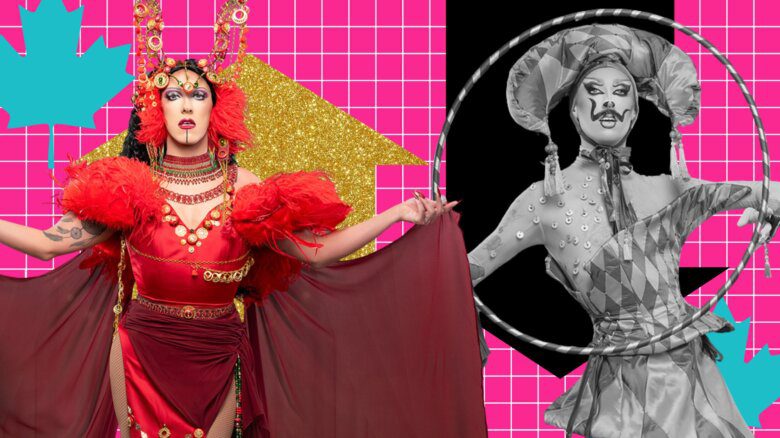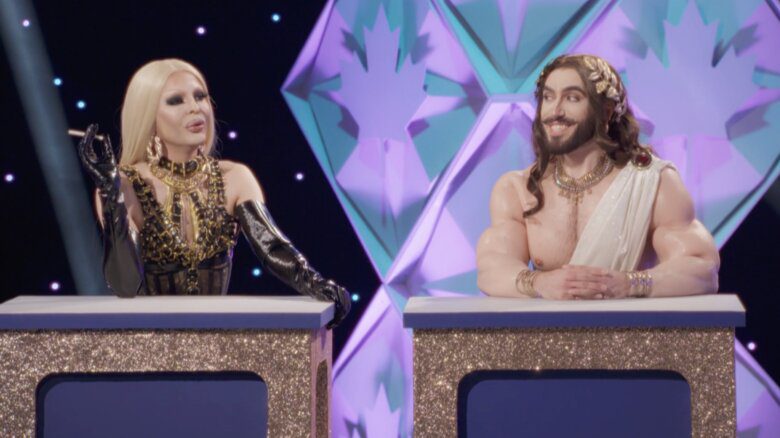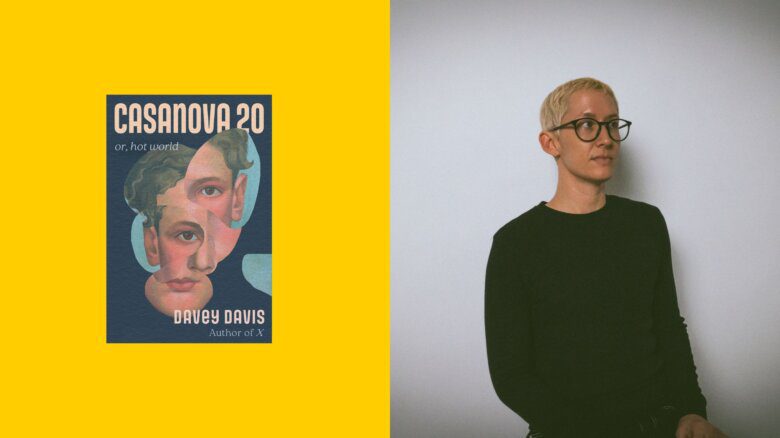Burlesque as an art form dates from around the 1840s when performances featured comedic sketches parodying the upperclasses interspersed with dance routines. Police reports dating from the late 19th century condemned the performances as “remarkable for their suggestiveness” and “having a wide reputation for wickedness,” though it likely didn’t take much scandalize Victorian morality.
Burlesque eventually involved striptease as slipping ticket sales inspired performers to up the ante. Initially dancers stripped down to flesh-coloured tights as a precursor to the full nudity that followed. With the increased popularity and affordability of motion pictures burlesque began to die out early in the 20th century.
But in the last decade burlesque has experience a renaissance. Today Toronto boasts several established troupes with new performers popping up all the time. This past summer saw the first-ever Toronto Burlesque Festival which featured both male and female burlesque dancers.
 Why you can trust Xtra
Why you can trust Xtra


